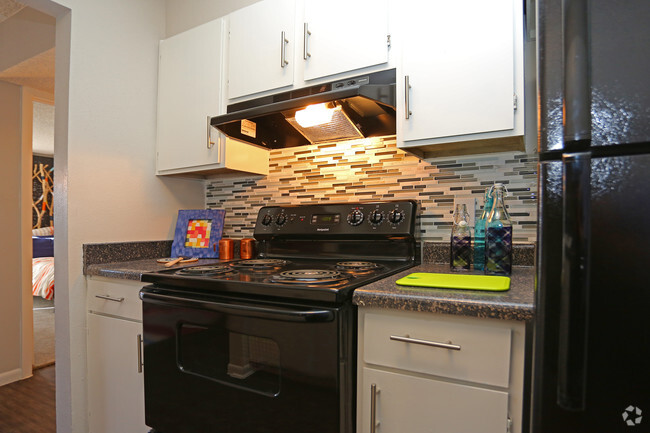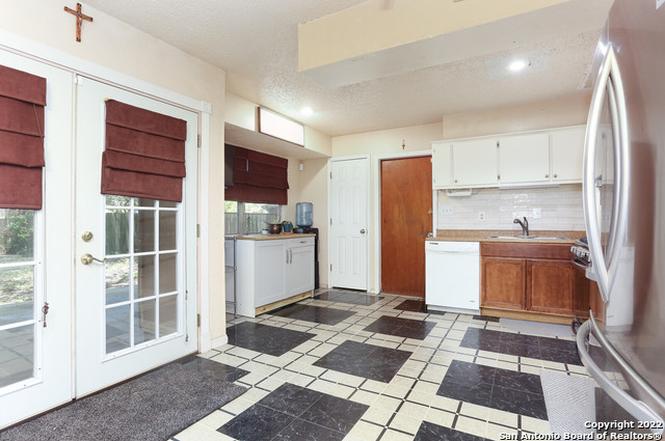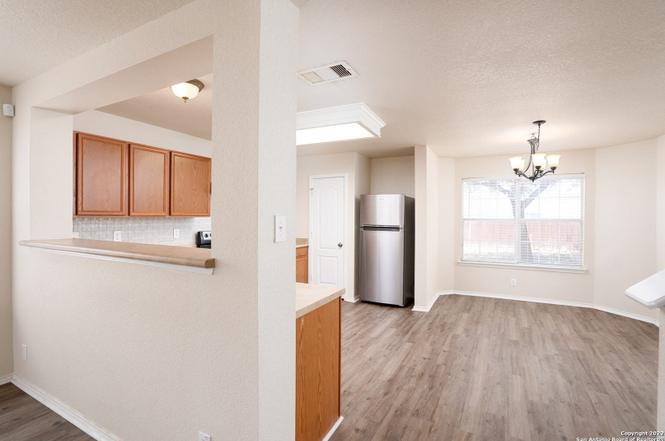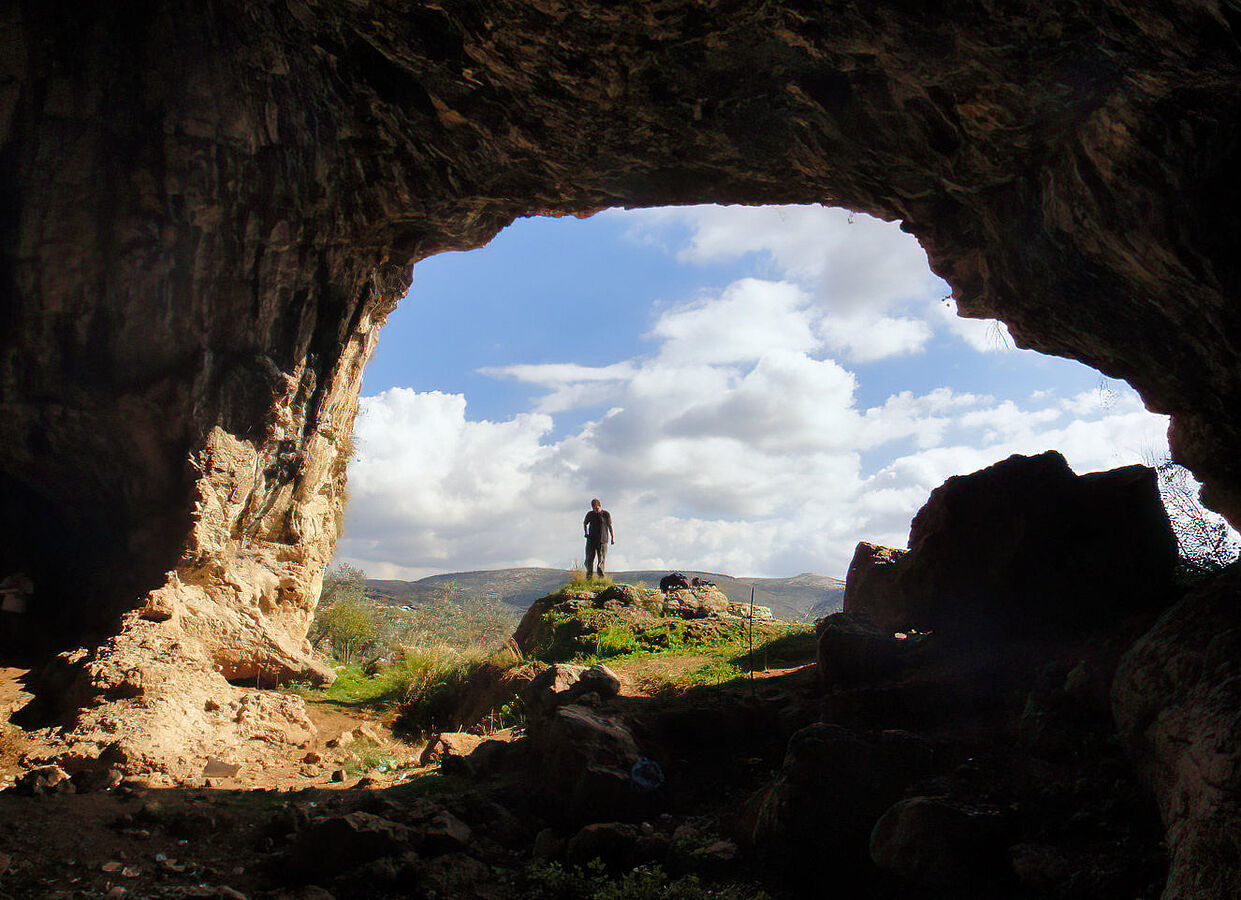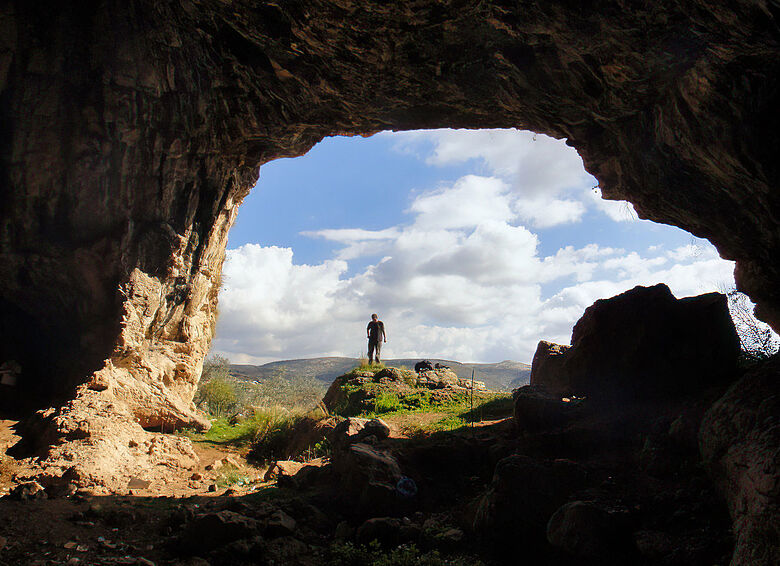Table of Content
You should expect to pay around $500-$1000 per square foot when building your own home. With the excavation, foundation, and concrete work done, soon you will start to recognize your project as a house. The framing carpenters will arrive to put up the lumber framework for the floors, walls, and ceilings, and then move to the sheathing, siding, and roofing installation. In the space of a week or two, you may suddenly recognize this structure as being a house, complete with walls and a roof.
Hiring the right builder can make or break your custom home experience. Choose someone who is not only a licensed general contractor but also has a portfolio of custom homes and success stories in recent years. My fiancé and I are planning to custom build in the next few years and even though we’ve done a few multi-room renovations, we are still super nervous about building from the ground up. I shared this post with him & we both agreed that these tips are supremely helpful. We carried our own construction loan so we signed off on all invoice payments. My husband diligently checked all invoices before signing off on draws.
Step 35: Closing
While payments do not always correspond to a subcontractors' work, they often correspond when a major step is involved, such as the foundation, framing, or roofing. Footings and foundation comprise a large part of your entire house building cost. This means that large payment draws happen soon after the project begins. Many states do allow homeowners to act as a contractor for their own home. With this arrangement, you become what is frequently termed an owner-builder. You’re about to embark on an exciting journey that will see you grow as a person and come out the other side with a place to call your own.
Footings can be made from concrete or brick masonry and are most commonly used with shallow foundations because it distributes the weight of vertical loads directly to the soil. Footings are generally wider than the foundation itself and sit one foot below the frost line . If the land has dips or hills, these will be graded to make sure there’s a flat surface to accommodate the house and driveway. At HomeLight, our vision is a world where every real estate transaction is simple, certain, and satisfying. Therefore, we promote stricteditorial integrity in each of our posts.
IF YOUR BUDGET IS TIGHT, LET YOUR TOP PRIORITY BE YOUR GUIDE
Most utilities connect to their power grids or have a gas line installed. The installation of a septic system can cost between $3,000 and $5,000. If you want to avoid connecting to the grid, use propane or natural gas.
If the inspection goes according to plan, the framing phase can begin. Building permit – This is the basic permit you’ll need to obtain that will grant you the ability to continue with a construction project. Your building plans must adhere to local zoning, land use, and construction regulations. These days, owners of smaller homes are dedicating less time and resources to initially developing and maintaining their landscapes. But a house that simply sits between block walls or fences obviously isn't going to be very appealing in the long term.
Step. 19: Get an HVAC and electrical inspection
For a house slab, the contractor will first install slab foam board insulation. The foundation is waterproofed all the way up to the finished grade level. Holes are created in the foundation wall to allow for the routing of water supply and drain lines. Clear the building site of brush and other debris, down to ground level and at least 25 feet around the planned house perimeter. Getting a home built is no easy feat, and in 2022 there are plenty of factors to consider before you get that slab down. Purchasing a home is an important financial decision that should be made with caution.
There are a few things to consider when you want to build a house. Once you have a piece of land, you need to get building permits from your local government. Once you have your permits, you need to find a contractor to actually build the house.
Step 8: Structural walls
The average cost of a comparable home in New York City is about 1.7 times the cost of a comparable home in New York City. In addition, because materials and services in New York are significantly higher than in other places, you should keep this in mind when calculating your budget. When it comes to building a home in New York, there are several factors to consider, in addition to size. As a result, a luxury home in New York can cost up to $500 per square foot, which is significantly higher than other areas of the country, where it can cost anywhere from $100 to $200. When planning to build in New York, it is critical to understand the costs involved and to budget correctly.
You get to factor in external factors like the weather during the building process, how many projects the contractors are doing, and the availability of building materials. These acts ensure that any building materials shipped from far are purchased in advance to ensure availability. After getting your project on paper, it’s time to get the wheel spinning. Clear the debris to reach the ground level as well as 25 feet around the home perimeter. Next, have a licensed land surveyor mark the lot based on an accurate drawing of the plot that showcases the property lines.
Building a home isn’t an easy task, and it’s rare to take on the entire project yourself. So, you’ll need to have several different professionals by your side to ensure your home is structurally sound, follows local code and suits your needs. The professionals on your team will be able to help you home in on the right style and layout, but it doesn’t hurt to get a feel for what you might want in advance.
You will also be signing paperwork from your mortgage broker around this time, including loan approval documents and progress payment forms for the lender. A solicitor will then organise land settlement on your behalf, and once the settlement of your land purchase is complete you officially own your land. Usually, insulation is applied to interior walls, the attic, basement, crawl space, and exterior walls (if it wasn’t applied before the sheathing).







